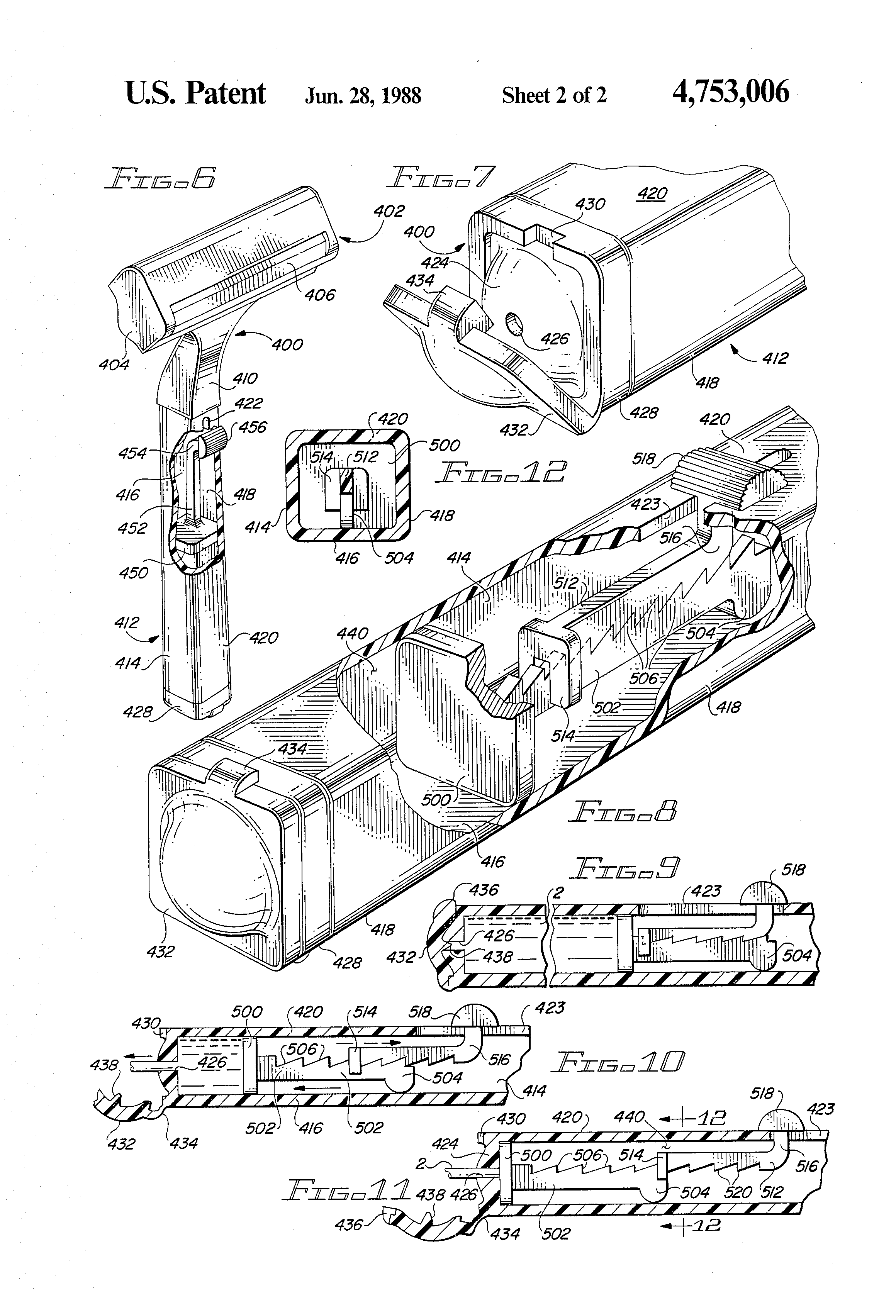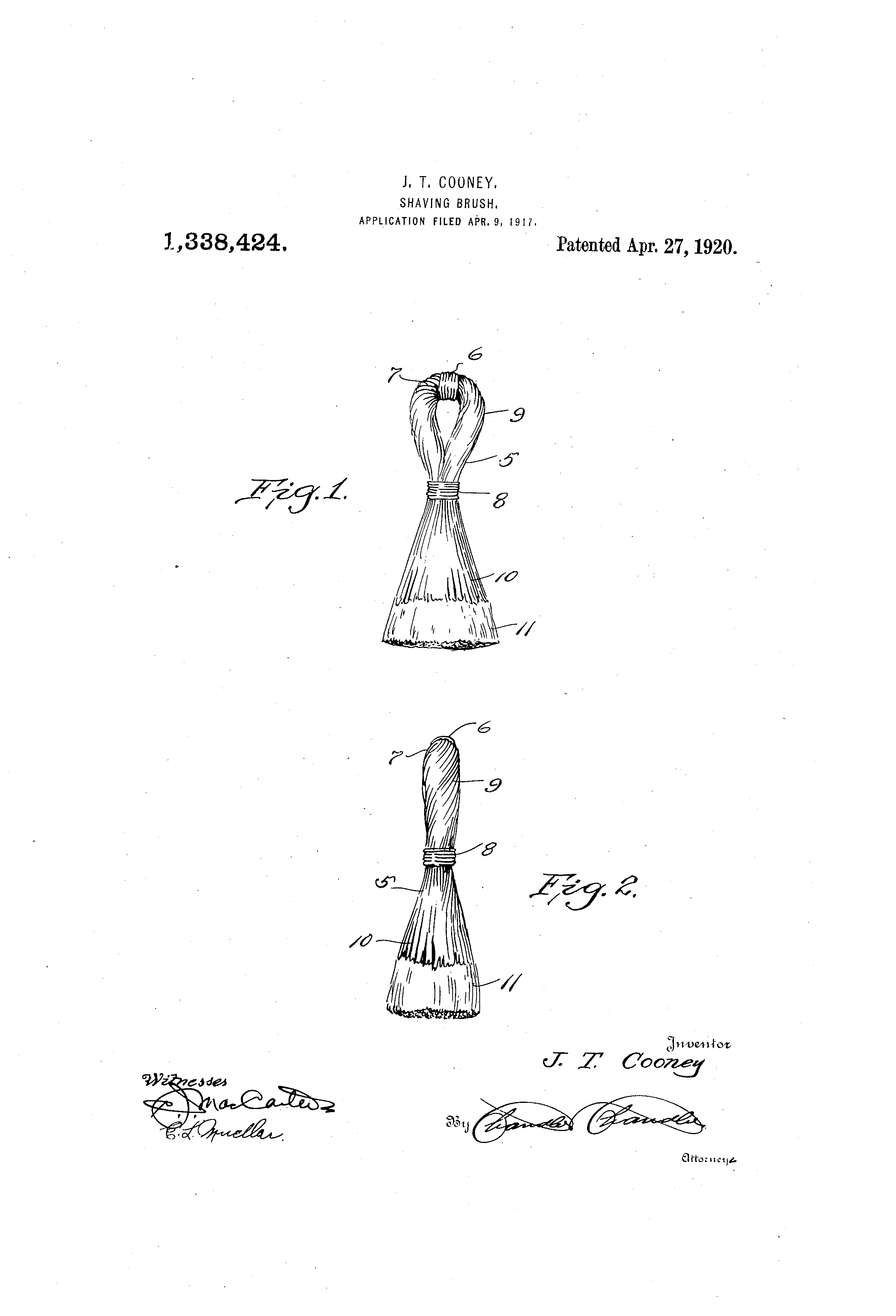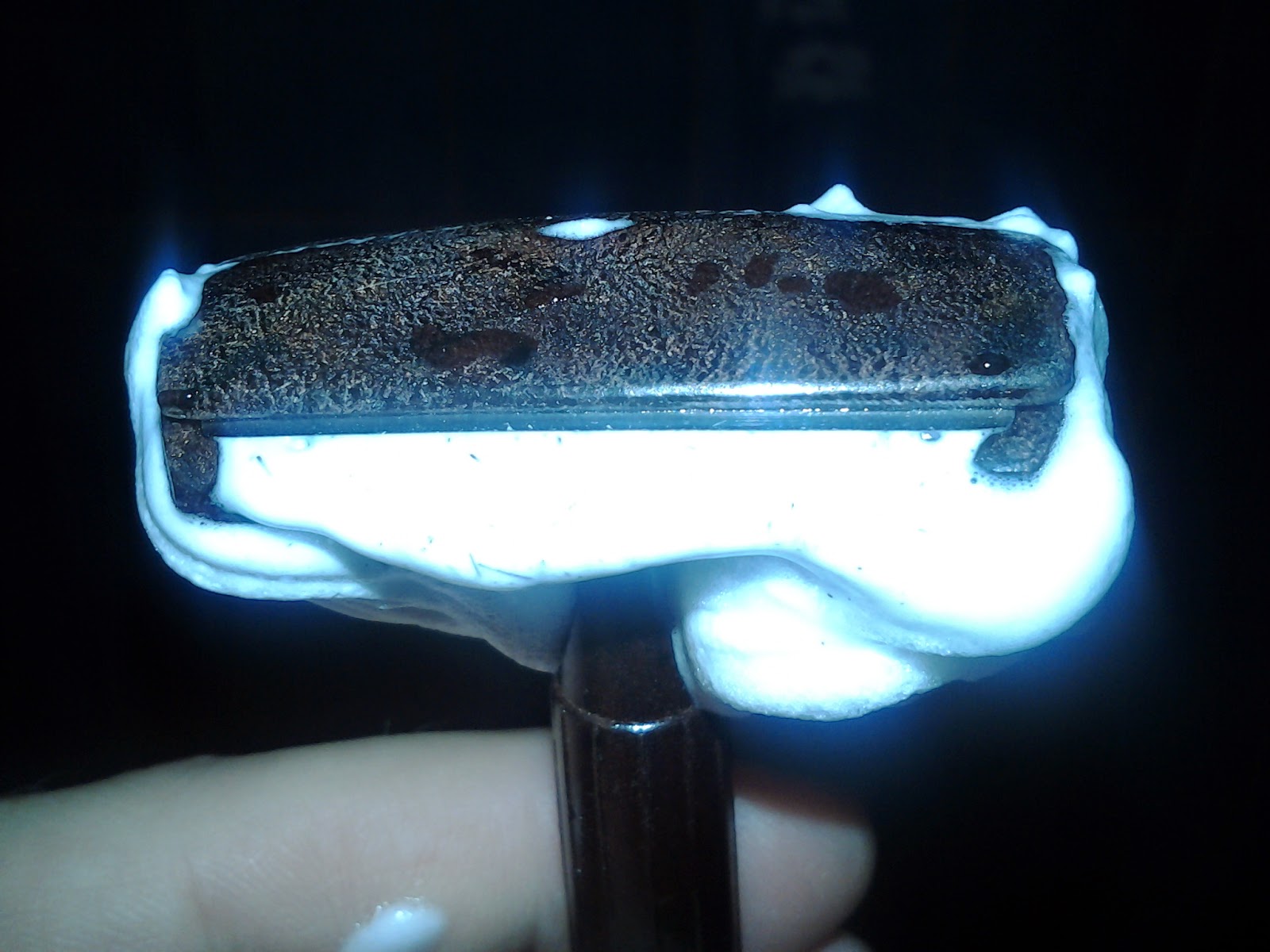Thanks to a generous member over at my favourite shave forum, I have been PIFed a Philips Philite razor.
A bit of background first; Philips started making bakelite object in 1923, but since the word Bakelite was a protected trademark, they had to call it something different. Philite was the name they came up with, which to me sound rather uninspired… than again, different times. Interestingly, while ‘standard’ Bakelite is a combination of phenol, formaldehyde, and filler (wood flour), the Philips variation also contains urea – I’m not sure if this was to avoid patent infringement or because it had a real purpose in moulding or curing the plastic. There is some indications here and there on the web that Philite could be used in larger moulds than regular Bakelite, but that might just be hearsay or marketing claims.
The addition of urea may explain the slightly pitted surface though – but I’m not familiar enough old bakelite to know how pitted they usually should be… after all, the Philips Philite razor went out of production around the time of the War – World War II that is. So mine is at least 70 years old, quite possible 75 to 85 years old – a respectable age indeed for a plastic product.
Overall the razor is in amazing shape – the pitting don’t detract from the overall appearance or feel – and having used it for a week I couldn’t be more happy with the shaves I get… at least when pared with a milder blade like the Green Astra.
What little I could find online told me that the Philips Philite should be an aggressive razor, but at least in my opinion it is not. It isn’t particularly mild either, being a instead a lovely middle-of-the road shaver. The grip is a little more slippery than most of my razors, about on par with my Bakelite slant and my Merkur 45C, but a quick drying off my hands helps with that minor issue – still, it’ll means that the Philite perhaps is not the best razor for those who shave in the shower. The blade loads straight in with no inclination to go crocked, and the head covers the tabs for those who get worked up over such things… I like both covered and uncovered tabs myself.
The balance is a little more “handle heavy” than most of my razors, which helps keep the pressure low when shaving… and when you shave, you’ll notice one thing the Philite do that I have seen on no other razor:
The lather will ooze right under the blade and come out on the other side! This is because the half-open comb isn’t really open at all – as can be seen in the picture of the base plate there is no openings in the plate for lather to escape, so the lather simply travels between the ridges.
Added bonus; It makes the Philite look interesting when viewed face on since you can see though the head:
Overall a great little razor giving a smooth, comfortable shave. They seem to be reasonable rare, so if you find one you may want to grab it before it disappears.
Like this:
Like Loading...



















